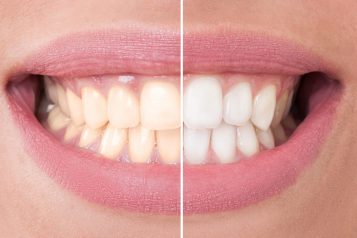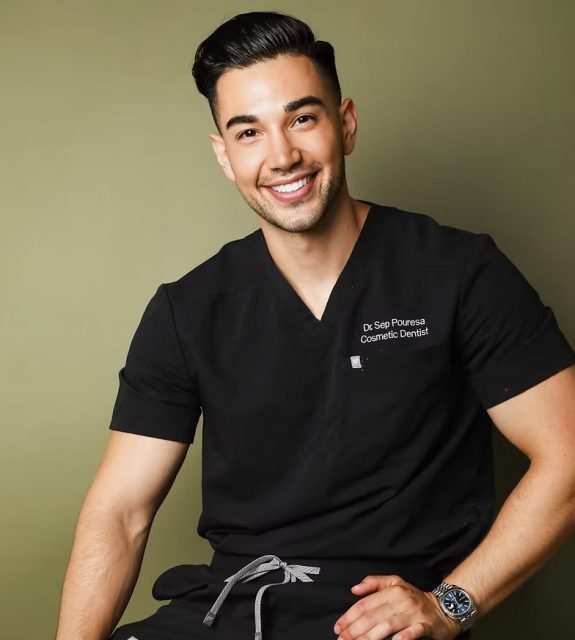Dr. Samuel Lin is a double board-certified Plastic Surgeon and Associate Professor of Surgery at Harvard Medical School who practices in Boston, Massachusetts. Dr. Lin received his Bachelor’s degree in Biomedical Engineering at Northwestern University and was enrolled in the Honors Program for Medical Education at Northwestern University, Feinberg School of Medicine, Chicago, Illinois. Dr. Lin is board certified by both the American Board of Plastic Surgery and the American Board of Otolaryngology-Head and Neck Surgery. Dr. Lin is board certified by two ABMS boards. He is Program Director of the BIDMC-Harvard Plastic and Reconstructive Surgery residency, and Co-Director of the Harvard Aesthetic and Reconstructive Plastic Surgery Fellowship at BIDMC. Dr. Lin has been a Boston “Top Doc” for several years in plastic surgery.
 Photo Credit: Shutterstock
Photo Credit: Shutterstock
Do you desire smoother, tighter skin in your midface? Do you feel like you have loose skin and are seeing signs of aging in the area between the corner of the eye and the corners of the mouth and jowls? For the ones who feel that they are in need of a touch-me-up, a mini facelift can be a great option and can result in lasting improvement. Here Haute Beauty experts Natalie Hassell and Dr. Samuel Lin, MD, FACS review all the details on a mini facelift.
What's the difference between a mini facelift and a facelift?
A mini facelift is also called a short scar facelift because a mini facelift results in a shorter scar than a regular facelift. In a mini facelift, there is only a scar in front of the ear. In a regular facelift, the scar extends around the bottom of the earlobe and behind the ear. Because the scar is shorter in a mini facelift, a mini facelift cannot lift loose skin around the neck as well as a regular facelift can. Therefore, a mini facelift is best for patients who have minimal loose skin around the neck but desire improvement in the midface and jowls. If a patient has significant loose skin around the neck, they might be a better candidate for a traditional, regular facelift and necklift than a mini facelift.
What does the surgery entail?
During a mini facelift surgery, the surgeon makes an incision right in front of the ear to address loose skin and tighten tissue located just below the skin. Excess skin will be removed and the remaining skin is repositioned to lay smoothly. Then, the incision is closed so that the scar is hidden just in front of the ear. Overall, the surgery takes around two to three hours.
 Photo Credit: Shutterstock
Photo Credit: Shutterstock
How quickly do you see results? What is the downtime?
Like many cosmetic surgeries, results from a mini facelift may not be immediately noticeable. It is very common to have bruising and swelling after surgery. You will likely go home with bandages on your face and may have drains. If you have drains, they are usually removed 1-2 days after surgery. You will need to see your surgeon the morning after surgery and several other times to monitor your healing. Sutures are usually removed one week after surgery. For the first two weeks, lifting and bending are strictly limited, and strenuous exercise should be avoided for the first six weeks after surgery. Most patients feel ready to return to work after 1-3 weeks.
What are realistic expectations should one have?
It is important for patients considering a mini facelift to have realistic expectations about the changes that can be accomplished with surgery. Additionally, they need to be emotionally, physically, and financially prepared for surgery and the recovery process. The cost of a mini facelift varies considerably by region, surgeon, and type of anesthesia used. It may cost anywhere from $3,500 to $8,000+. Finally, patients who smoke cigarettes are not good candidates for a mini facelift since they may have trouble healing after surgery.
Any patient interested in a mini facelift can consult with a board-certified plastic surgeon to learn more about the process and their options. Board certification by the American Board of Plastic Surgery is a sign that the surgeon has undergone extensive training in full plastic and reconstructive surgery, so patients can feel confident they are choosing an experienced, safe surgeon.
References:
- Mini Facelift: Procedure, Risks, Effectiveness, and More. Accessed December 16, 2021. https://www.healthline.com/health/mini-face-lift
- Van Pham T, Truong KHTN. Short or Minimum Incision Deep Plane/Extended Deep Plane Facelift/Rhytidectomy. Facial Plast Surg. 2020 Aug;36(4):376-385. doi: 10.1055/s-0040-1714118. Epub 2020 Aug 31. PMID: 32866975.
For more information, visit Dr. Samuel Lin's social media:





















